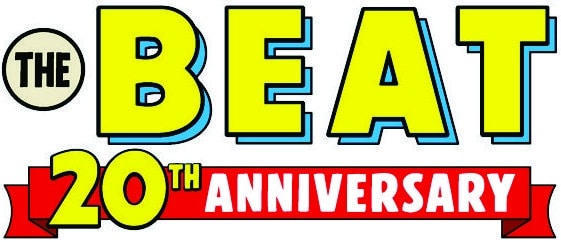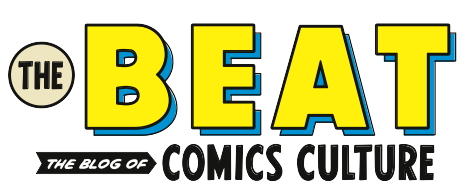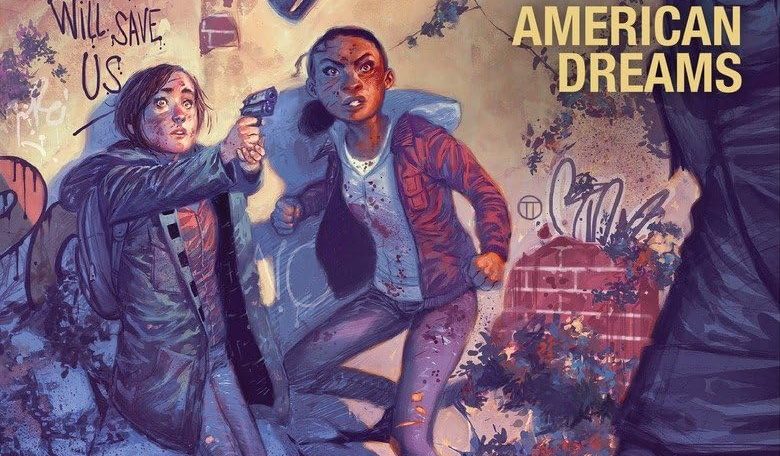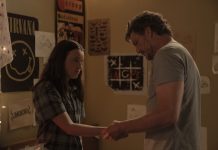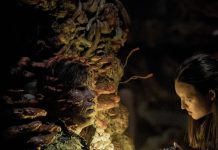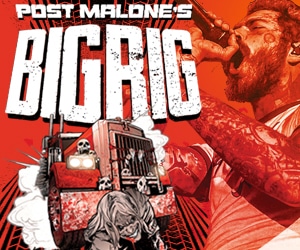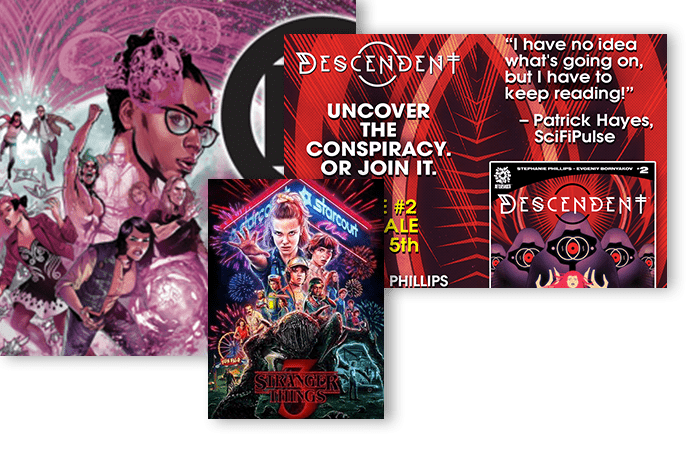Using The Last of Us as an example, last week, I talked about the Monomyth and why we need to understand the nature of stories and their structure to push for a new way forward. Because at the rate we’re going with our ever-shortening attention spans, entertainment is heading towards something more aligned with Gen-Alpha’s Skibidi toilet. Just hopefully, not as shitty.
With the overwhelming amount of options at our fingertips, I believe the future lies in non-traditional narratives—stories that center on characters with genuine agency. Rather than subscribing to massive, service-based ecosystems, I see a shift toward short-form content and gamified media experiences. Think YouTube-style snippets and Wordle, items tailored to our ever-shortening attention spans, driven by the element of choice. Because the current business models, which prioritize user growth over actual sustainable profitability, feel misguided. And I think we’re headed toward a more fragmented and unpredictable media landscape.
And so too, then, will stories evolve. So will comics—and the ways we create them. I see a wave of honesty standing strong against a world swept up in artificialized fiction. One that rewards vulnerability and the willingness to speak the truth, difficult as it may be.
Reality and memoir, actual journalism, will comfort us like a ray of sunshine piercing that dark and cloudy storm of today. And as automation continues to reshape the entertainment industry, I believe a significant shift is coming—not just in comics and video games, but eventually, in the influencer economy itself.
I don’t speak of it often, but I’ve already seen the technology that can replicate human podcasts. Complete with synthetic voices that debate based on GenAI, these products are sooner to launch than you realize. GenAI video is also getting better too and will at some point soon be indistinguishable in terms of face.
To be honest, I suspect the virtual influencer model pioneered in Japan will merge with the rise of AI-generated personas here in the West. If the death of journalism alarm came from the influencer, oddly, the death of the influencer will come from the very hand that feeds them. A technology so good that you’ll be unable to tell the difference between a person pushing a product away from the company that made it.
Because what’s better than a Mr. Beast? One without the problems of Jimmy Donaldson.
Every brand has a mascot. A verified army of Ronald McDonalds with a buyer never knowing the difference.
That is what I think is our future. This is why I’ve been so personal in this column. I needed you to know me as a human being, as a journalist, and as a writer, with flaws and vulnerabilities, failures and all. It’s different because it’s something an AI can’t replace.
Like I said last week, we need to think outside the box. We need better art to meet our unprecedented times, not more nostalgia shops to placate us from outrage. I’m asking you, in layman’s terms: how do we better our art?
I say start with knowing our fundamentals.
And with that, let’s talk about Dan Harmon’s Story Circle.
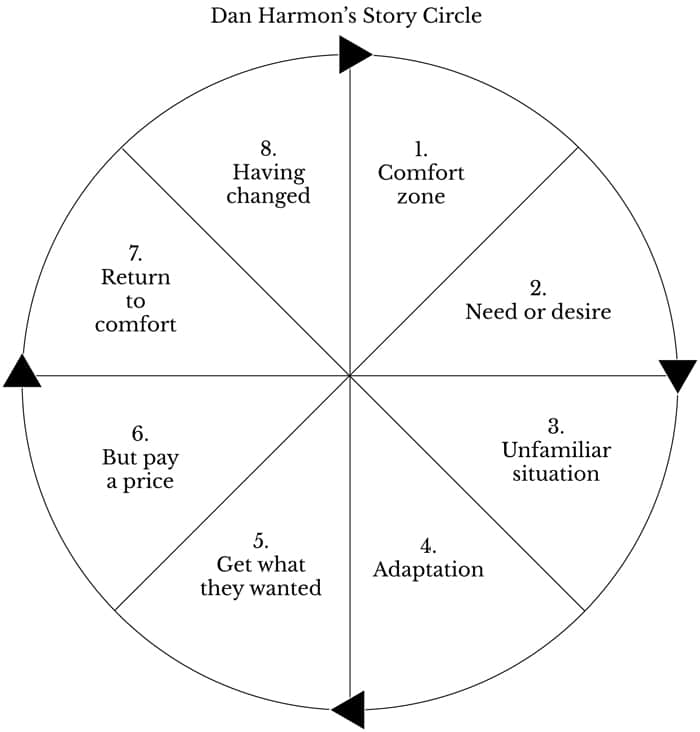
- Dan Harmon’s Story Circle
Dan Harmon’s Story Circle
Dan Harmon was the creator of the shows Community and Rick and Morty. He’s a big fan of the monomythic method, and also, streamlined his own version breaking it down into 8 steps listed below.
- YOU, as a character, are in a zone of comfort
- But they NEED or desire something
- So they GO into an unfamiliar situation
- To SEARCH and adapt to it
- FIND and get what they wanted
- TAKE it but at a heavy price paid for it
- Then RETURN to their familiar situation or zone of comfort
- Having CHANGED
Combining Harmon’s Circle and The Hero’s Journey, here’s what you get:
- You – Call to Adventure
- Need – Refusal of The Call, Meeting The Mentor
- Go – Crossing The Threshold, Belly of The Whale
- Search – Road of Trials
- Find – Meeting With The Goddess, Temptation
- Take – Atonement With The Father, Apostasis, The Ultimate Boon
- Return – Refusal of The Return, Magic Flight, Rescue from Without, Crossing the Return Threshold.
- Change – Master of Both Worlds
The Last of Us & American Dreams as a Story Circle
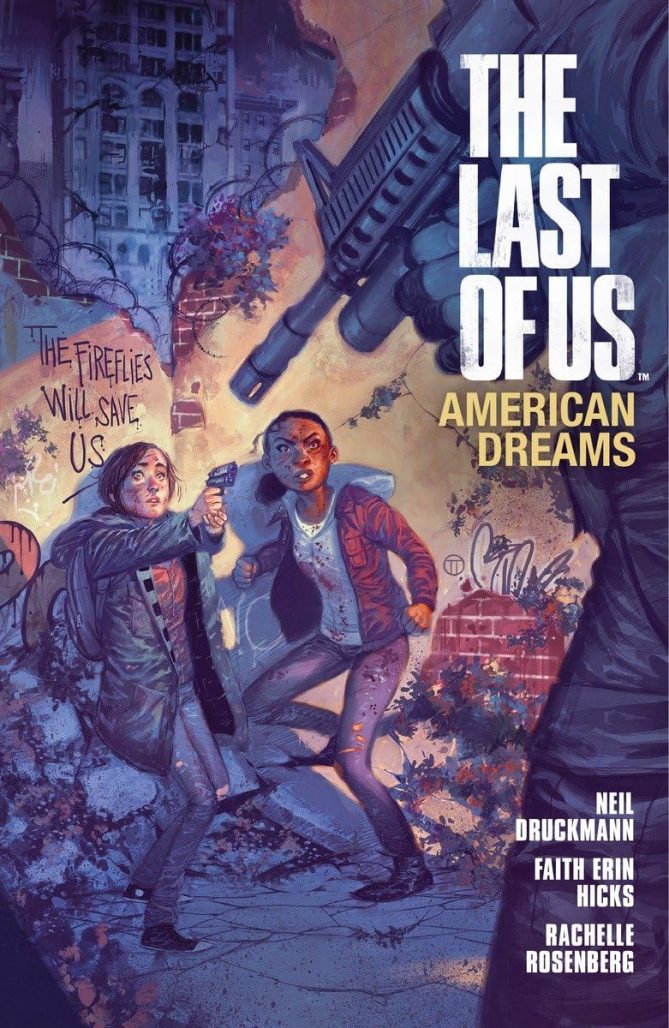
- PC: Dark Horse Comics. The Last of Us American Dreams
Now, before I begin comparing The Last of Us, I will stress something: Last of Us: American Dreams predated the original Left Behind DLC.
I’m also, weirdly, one of the world’s best Last of Us experts, just as I am in The Sandman, which is why I used both as examples so far. Let’s look at The Last of Us (video game) and its prequel comic book, American Dreams using the circle Harmon created.
Part One: You
This is where you introduce your world and protagonist. You can mess around with a little exposition and have some fun or dramatic beats here to sell the emotional tone of your story, but you really need to make your main character likable and relatable. It’s here we introduce all the elements of what the world is like and what the protagonist is like before the call to adventure happens. Because once this ‘inciting incident’ occurs, the journey begins, and you have to say farewell to this world.
The Last of Us: It starts with Joel (You) losing his daughter and then 20 years of hardened survivalism. His roughneck smuggler life in Boston with Tess before meeting Ellie.
American Dreams: This is Ellie’s life(You) in FEDRA school at the Boston QZ, including dealing with bullies and living in an orphanage.
Part Two: Need
This is where we address the change of some sort. Whatever the reason, something happens, and it gets the story unfolding. Sometimes, your character might be hesitant and Refuse The Call, and sometimes, The Mentor will come along and help push them forward. Regardless, the point is that something is wrong with your universe, and your protagonist must change this.
The Last of Us: Joel is asked to bring Ellie to the Fireflies (Need). His reluctance to do so is because it will trigger his trauma of failing to save his daughter. The mentor, in this case Tess (and as mentioned later, Bill), pushes Joel and reminds him why life is important.
American Dreams: This is Ellie meeting Riley and becoming friends. Riley then asks Ellie to sneak out with her after getting to know each other, stressing that Ellie needs to have a life (Need). Though for Riley, this segment is something more: the desire for a better life.
Part Three: Go
This is the moment of your story where the journey begins. It’s the first step, situation, or element outside of our comfort zone. It’s the point of no return and the first step into a bigger world of experience. Expect awkward and/or comedic beats here, or the first death in a horror movie, perhaps even the first heart-wrenching moment in a Drama.
The Last of Us: Again, this is Ellie and Joel finally leaving the Boston QZ (Go). It’s also transitions to Joel’s first big confrontation with the hunters in Pittsburgh (the game’s darkest chapter), leading them to learn the harshest lessons of what it will take to survive.
American Dreams: This is Ellie and Riley are going to the Mall (Go).
Part Four: Search
This section continues down the path set up in part three. Here, we usually meet some secondary characters or perhaps even get to know the inevitable romantic interest. If anything, this is the moment to let the audience know your immediate supporting characters better.
The Last of Us: This is very much the chapters of Joel and Ellie looking for a way to escape Pittsburgh (Search) while surviving against hunters and cordyceps monsters.
It’s also the fun and games section, where we meet Sam and Henry, and do all the fun kid moments with Ellie and Henry.
American Dreams: In the comic, Ellie and Riley explore the Mall, mostly Raja’s arcade and then horse back riding Winston. Riley steals a radio and learns that the fireflies are pinned down nearby (Search). At this point, to Riley, the fireflies represent freedom. A better life like it was before. For Ellie, she’s reluctantly going along with it learning there is something more to life.
Part Five: Find
Dan Harmon really loves this section. Here, everything your character has wanted since the beginning: they find it. There’s also a small degree of ‘temptation’ and the promise of a ‘happy ending’ showcased – however, it doesn’t come easily.
The Last of Us: This is when Joel and Ellie meet up with Tommy (Find), and Joel has the chance to hand off Ellie to Tommy, thus finishing his mission as he was a firefly. It’s also tempting, as they can also just stay and forgo the mission, and simply live as a family here safe and sound.
American Dreams: Riley and Ellie find the fireflies (Find) and save them using smoke grenades. They also encounter their first zombie, learning freedom comes at a cost of danger.
Part Six: Take
This is the prize itself. This is your protagonist acting and executing on what they realized in part five. It’s also the fulfillment of the needed change in part two. However, a lot of the time, it takes sacrifice and coming to terms with the demons of their past (Expect a death scene here, or a set-up, to see the mentor sacrifice themselves for the hero, here).
The Last of Us: Despite temptation, Joel continues with Ellie as he finally confronts his loved ones about his feelings regarding Sarah’s death. Together, they almost meet the fireflies but instead, meet the worst of humanity: in David, sort of the villain of the story (even has the only game’s boss fight). After Joel and Ellie survive and escape David and his cannibals, they get the ultimate boon: they fully embrace their parent & kid relationship (Take).
American Dreams: Marlene saves them then reveals to Ellie and Riley what it’s really like being fireflys. Riley also asks to join anyway (take) but gets rejected as Marlene, who shows them what a showdown with bad people is like, and even, stresses how her life is very life-and-death. It’s also here Marlene reveals she knew Ellie’s mom and had promised to protect her. She bequeaths Ellie with her mother’s switchblade (Take).
Part Seven: Return
This is the act of returning home with ‘the gift’ in hand. Whatever victory we had in part six, we need to bring it with us to ‘the world before’ in part one. If part three was leaving the old world, part seven is then returning towards it. However, getting back is never straightforward.
Sometimes, the flight is less literal and more internal. It could be mastering a skill of some sort or a training montage meant to build up the protagonist’s newfound abilities from part six to defeat the actual ‘villain’ in part eight. It could also just be accumulating all the parts together, usually with help friend friends or secondary characters.
The Last of Us: This is the Spring storyline with Ellie and Joel. Joel has ‘the cure for humanity’ as a gift, they bond over seeing Giraffes, where Joel says they can go back to Tommy’s, and where Ellie defends: “It can’t all be for nothing.”
Moving forward with restoring the world (Return), they traverse the undergrown tunnels to find the Fireflies. Ellie is knocked unconscious. Joel fights against Ellie’s life-ending surgery, killing everyone and dooming the fireflies and the human race.
As I mentioned last week, I think Joel is a villain. But you can also flip the perspective and see him as a hero. If instead, you use ‘Ellie and Joel’s bond’ as the gift, the life-ending surgery from the fireflies as the thing impeding their return to their lives before, then it still works.
American Dreams: Ellie and Riley reenter the quarantine zone. Ellie suggests they run away together, but Riley suggests it wouldn’t be smart, her feeling somewhat dejected from the firefly’s rejection. The roles have somewhat reversed.
Part Eight: Change
This is the ‘Master of both Worlds’ segment where the hero has returned home saving the day.
The Last of Us: Joel embraces being both a survivalist and a father, but has to accept that he lied to Ellie – hiding that he murdered all of the fireflys.
American Dreams: The girls are now friends, as Ellie reads Anna’s letter with her new switchblade in hand. It hints at Ellie’s destiny, her connection with Marlene and the fireflys.
And that’s it. It’s much easier to visualize this than the Monomyth but the roots are the same. This is a fundamental tool for all of creative writing, though again, it’s just a tool. It’s not meant to supplant actual writers and voices, but I do think that’s where the industry keeps sadly heading. Anyway, now that you get it, I’ll be planning on breaking down comics in the future using this methodology… So bear with me.
In two weeks, I’m going to do one more post on The Last of Us before delving into some of the politics and how it’s related to the conflict between Israel and Palestine. A subject most of the gaming industry avoids for a reason.
But before that, I’m going to do a bit of an uplifting post in these dark times…
Next week:
Words of Hope & Advice from Every Creator I’ve Ever Interviewed
